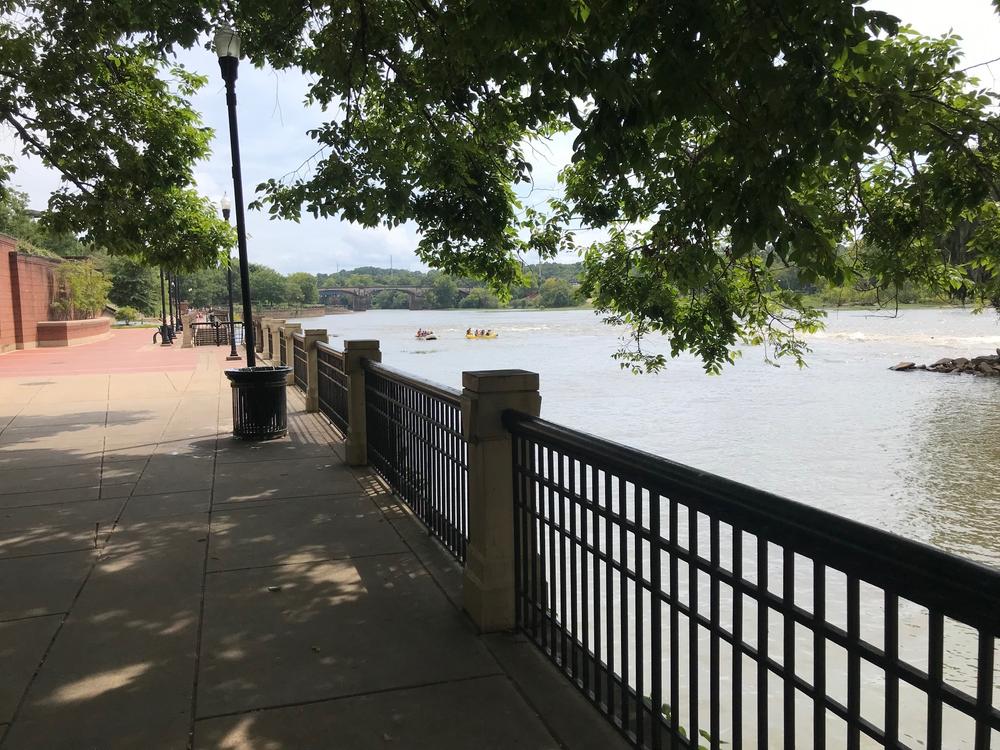
Section Branding
Header Content
Poverty and lack of tree cover overlap in Georgia cities
Primary Content

Trees are not equally distributed in Georgia’s largest cities.
The website TreeEquityScore.org lets users zoom in and out of census tracts to visualize factors like lack of tree cover, race and poverty.
It shows that some majority-Black Columbus and Savannah census tracts have less than 15% tree cover in areas where the poverty rate exceeds 80%.
The correlation between the lack of tree canopy, race and poverty is also shown in Atlanta, Augusta and Macon, and it has led the Georgia Tree Council to add “tree equity” among the goals for its tree planting grants.
The council’s Mary Lynn Beckley says eligible projects may receive up to $7,500 to plant trees to improve health and the economy.
“There are so many benefits that come with a healthy tree canopy,” Beckley said “Every citizen is important and so they deserve all the benefits of healthy trees in their neighborhoods, in their schools.”
The tree planting program, called Georgia ReLeaf, was started in 2011 to help communities that lost trees after tornadoes swept across the state.
Funded by the Georgia Forestry Commission, it now wants to highlight the lack of trees in under-shaded communities.
“They need the trees there not only to offer the shade that we need during the hot Georgia summers but also to clean our water and our air,” Beckley said. “We don’t often think of these benefits until the trees are gone.”
The grant application deadline is Sept. 16 and more information is available at this website.

